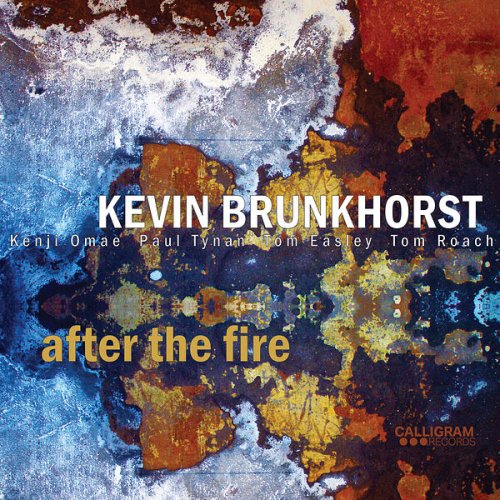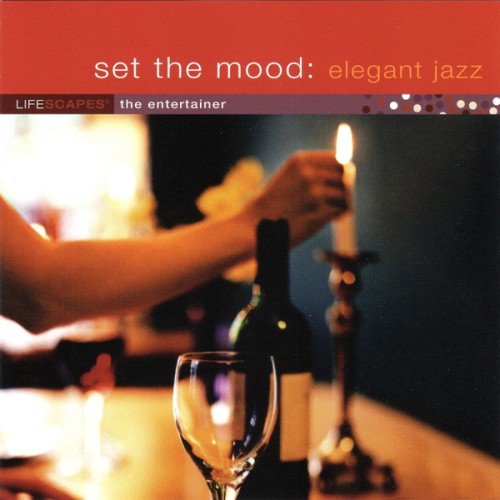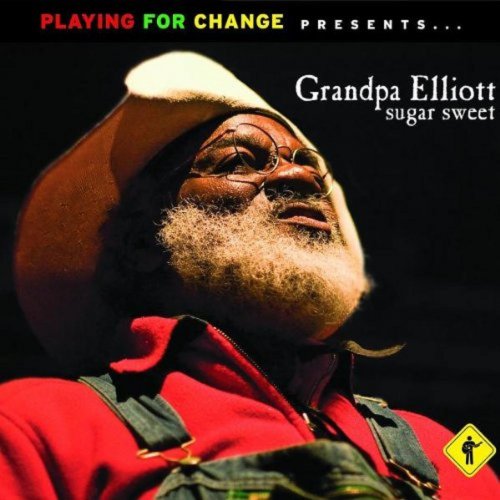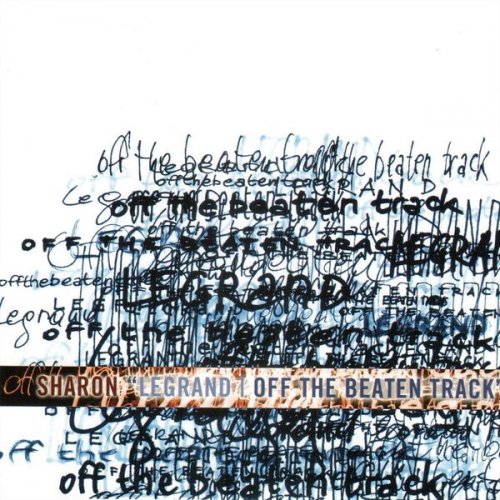Kevin Brunkhorst - After the Fire (2025) [Hi-Res]

Artist: Kevin Brunkhorst
Title: After the Fire
Year Of Release: 2025
Label: Calligram Records
Genre: Jazz
Quality: mp3 320 kbps / flac lossless (tracks) / flac 24bits - 88.2kHz
Total Time: 00:48:20
Total Size: 113 / 329 / 988 mb
WebSite: Album Preview
TracklistTitle: After the Fire
Year Of Release: 2025
Label: Calligram Records
Genre: Jazz
Quality: mp3 320 kbps / flac lossless (tracks) / flac 24bits - 88.2kHz
Total Time: 00:48:20
Total Size: 113 / 329 / 988 mb
WebSite: Album Preview
01. As Fate Would Have It
02. One Spring
03. As You Know
04. Daydream Manual
05. The Roaring Twenties
06. After the Fire
07. The Passing Months
"For me, jazz is not a style, but a way of making music. My music is driven by a love of melody. I like music that sticks to me, and I try to make music I want to listen to." - Kevin Brunkhorst
Guitarist and composer Kevin Brunkhorst demonstrates the full breadth of his melodic sensibility on After the Fire, a collection of seven original compositions that reflect on recent global and personal challenges with surprising warmth and optimism. While many artists turned to more abstract or chaotic expressions during the tumultuous events of recent years, Brunkhorst has crafted a suite of pieces that offer solace, joy, and as he puts it, "wonderment."
Brunkhorst's musical journey began as a child watching the Beatles play 'Hey Jude' on the Ed Sullivan Show in February 1970; that same Christmas he received his first guitar. His early influences expanded from there to Led Zeppelin, Yes, Pink Floyd, Steely Dan, Genesis, Miles Davis, Weather Report, and Pat Metheny—a diverse foundation that informs his approach to composition and improvisation today.
After the Fire refers to the devastating loss of Brunkhorst's house to a fire in the early days of the COVID-19 pandemic. Rather than dwelling in despair, the guitarist emerged with a deeply reflective yet ultimately hopeful musical statement. "It would be easy to react to chaos with more chaos," notes Brunkhorst, "but I think we could all use some joy and peace."
A dedicated music educator, Brunkhorst attended the University of North Texas where he was a member of UNT's renowned One O'Clock Lab Band and studied jazz guitar with Jack Petersen and Fred Hamilton. Since 2004, he has taught at St. Francis Xavier University, where his courses include jazz guitar, jazz composition, music technology, and even a class on The Beatles—bringing his musical journey full circle.
To realize his vision, Brunkhorst assembled a quintet of longtime collaborators from the Nova Scotia jazz scene. “When I was writing this music, I had these players in mind. I know how they play, and I knew how they would interpret my lines and harmonies."
Bassist Tom Easley and drummer Tom Roach provide a relaxed yet driving foundation throughout, evident right away on the album opener "As Fate Would Have It." The focus on melody and the slow, sustained build sets the tone for the album, showcasing Brunkhorst's thoughtful, patient approach to composition and improvisation, with space for each band member to contribute meaningful statements over shifting harmonic terrain.
Saxophonist Kenji Omae brings a lyrical post-Brecker tenor conception to the proceedings, offering a perfect foil to trumpeter/flugelhornist Paul Tynan, who is at times evocative of fellow Canadian trumpet great Kenny Wheeler. Their sympathetic frontline sound is especially compelling on "One Spring," where the horns blend together elegantly on Brunkhorst's impressionistic harmonies before giving way to the leader's nimble acoustic guitar work.
"I believe that the acoustic guitar has been underrepresented in jazz," states Brunkhorst, who moves fluidly between acoustic and electric instruments throughout the album. His acoustic playing shines particularly on the contemplative "Daydream Manual," an ECM-ish piece reminiscent of Pat Metheny and Ralph Towner that highlights the leader’s lovely sound and articulate single-note lines.
The aptly named "The Roaring Twenties" is more laid-back and soulful than the title might suggest at first, though the poignant dissonances between horns and guitar capture some of the bittersweet feeling of the decade thus far. Tynan and Omae again offer focused, virtuosic solo statements, and Brunkhorst moves to the electric guitar, nodding to Bill Frissell with his spacious phrasing and lush soundscape.
The title track, "After The Fire," stands as the emotional centerpiece of the album. At over nine minutes, it's a patient, moving exploration that builds from a spare, introspective opening to a powerful group statement, echoing the process of rebuilding after loss. Brunkhorst is motivic and developmental, while Tynan's trumpet solo here is especially poignant, its burnished tone conveying both melancholy and resilience.
"The Passing Months," with echoes of Kenny Wheeler’s fine 1980s work, closes the album on a note of quiet reflection. After a heartfelt, earthy solo from bassist Easley, Brunkhorst’s electric guitar leads the ensemble through a meditation on the passage of time and the gradual healing it brings. The piece, like the album as a whole, affirms that even after devastation, beauty and hope remain accessible.



![Milton Man Gogh - Fully Stretched (2025) [Hi-Res] Milton Man Gogh - Fully Stretched (2025) [Hi-Res]](https://www.dibpic.com/uploads/posts/2025-12/1766080588_cover.jpg)

![Cornelius Claudio Kreusch - Scoop (2025) [Hi-Res] Cornelius Claudio Kreusch - Scoop (2025) [Hi-Res]](https://www.dibpic.com/uploads/posts/2025-12/1765893706_folder.jpg)


![Dave Bainbridge - ON THE EDGE (OF WHAT COULD BE) (2025) [Hi-Res] Dave Bainbridge - ON THE EDGE (OF WHAT COULD BE) (2025) [Hi-Res]](https://img.israbox.com/img/2025-12/18/7l4en830rpyaxdtr7izc3qrx6.jpg)